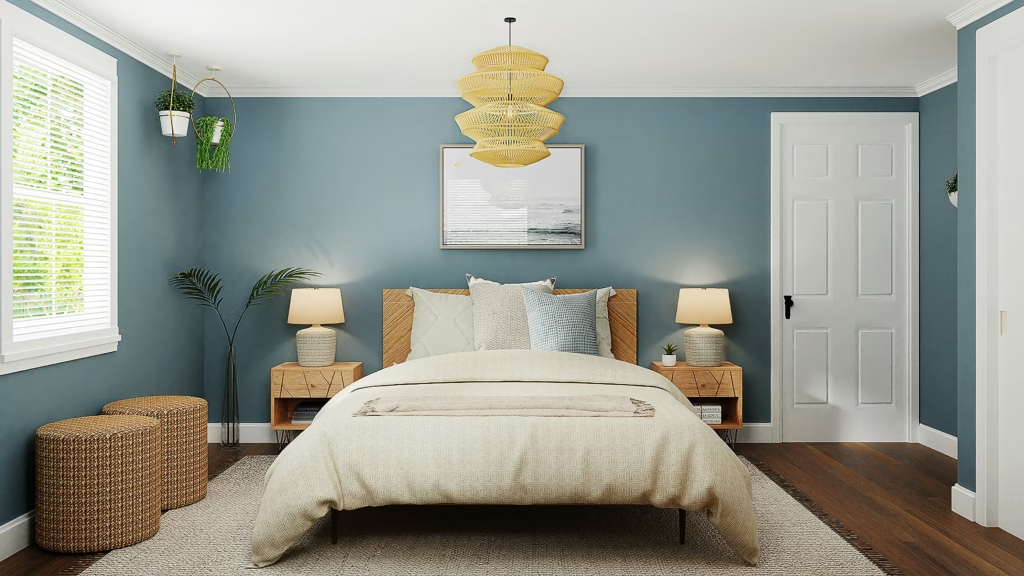It’s easy to feel like a holiday doesn’t “count” unless someone’s there to share it with you. That the memories aren’t valid unless they come with someone else’s reaction. That the joy isn’t fully real unless there’s someone next to you saying, “Wow, look at that.”
When you’re single, or simply living solo, that pressure doesn’t disappear. In fact, it often intensifies — especially for trips we’re culturally taught to do together: seaside weekends, city breaks, bucket-list destinations.
The truth is, vacations feel different alone. You don’t have the shared stories. You don’t tag someone in the photo later. You might wander silently through a beautiful place with no one to narrate it to.

But here’s the thing: do it anyway.
Go to the place you’ve always wanted to visit.
Stay in that hotel you’ve had bookmarked for years.
See the museum, eat the dish, follow your whims.
Watch the sunset alone and feel every single part of it.
Take your coffee in bed. Stay up too late watching hotel TV. Wander the streets with no one else’s itinerary to consider. Wake when you want. Rest when you want. Your pace becomes the only pace.
Because the experience still matters — even if it’s just for you.
And here’s a secret: you can share it with people who aren’t there. Not through obligation, but through delight. You’ll find yourself telling a friend later, and they’ll say, “Wow, you went alone?” or “You’re so brave — I could never do that.” And you’ll smile, knowing you didn’t do it to be brave. You did it because you wanted to live a bigger life, even if no one else was around to witness it.
That doesn’t make the trip less real.
It makes it yours.
Vacations don’t have to be about togetherness to be worthwhile. They can simply be about you, stepping outside the familiar, giving yourself a memory that’s just for you.
Not for the feed. Not for the story. Not for the scrapbook.
Just because you deserve one.






